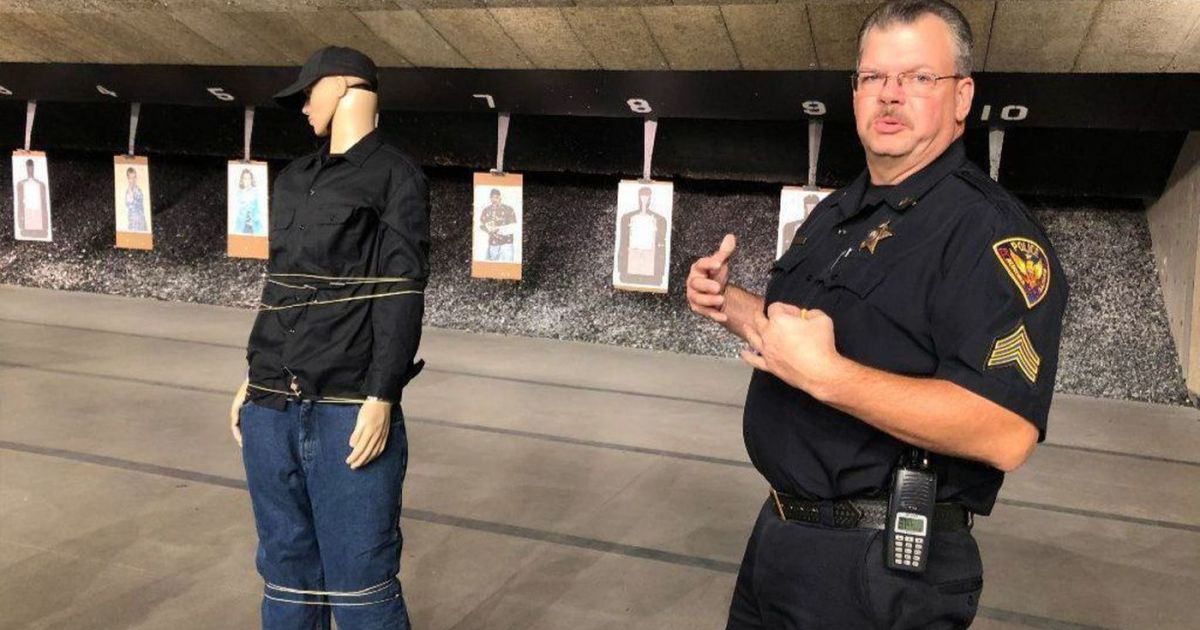Violent clashes between law enforcement and demonstrators continue in most US states, especially Portland, and a debate continues over how the police reduce the lethal force.
Amnesty International analyzed 500 videos of protests from 26 May to 5 June, and found 125 incidents of excessive force across 40 states and regions of Colombia.
"We have seen misuse of tear gas, pepper spray and balls, 40 rubber bullets, and every mixture of less lethal weapons is used in inappropriate ways," said Brian Kastner, weapons investigator at Amnesty International.
However, some insist that there are important options to avoid the need for a firearm.
Some companies are providing the police with new, high-tech tools, such as cuffs that are used remotely with the laser, to use in place of other dangerous options such as pepper spray, rubber bullets and grenades.
One of the latest tools is called Bola Wrap, a hand-held device that pulls a wire made of Kevlar wrapped around a suspect.
There are also long-range sound devices also known as "sound cannons", directed energy weapons that use lasers to heat a person's skin without electricity or heat, and new projectiles made of things like foam and chalk.
Shares of companies making these weapons rose to their highest levels ever when the protests turned violent after police killed George Floyd, and the less lethal weapons market is expected to reach $ 11.85 billion by 2023.
Watch the video to look at the new high-tech tools the police use to use less lethal force and how it is organized, and what is at stake for the future of the police and the communities they serve.

